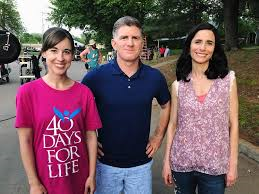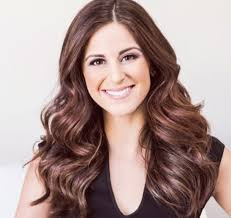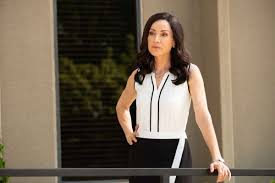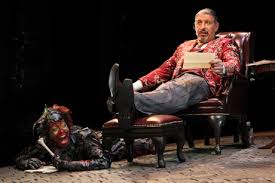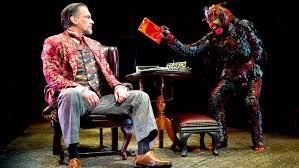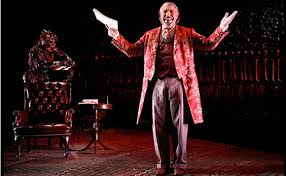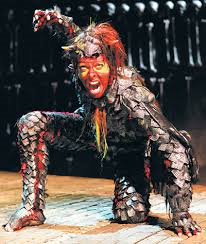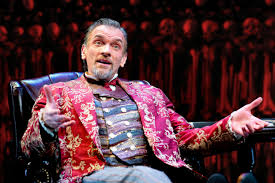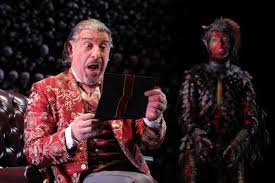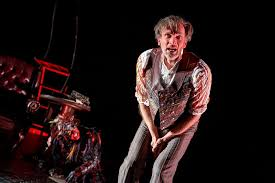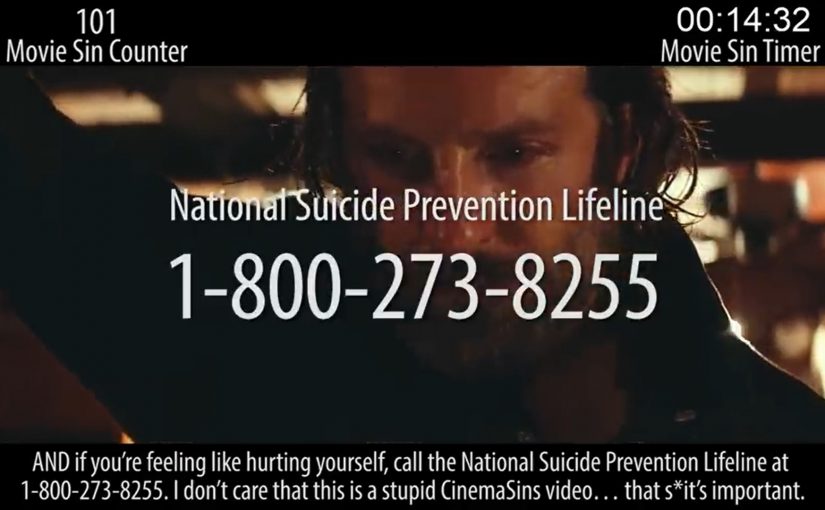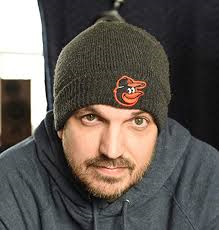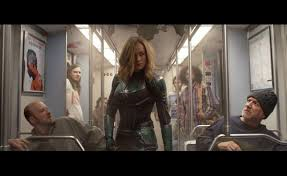
SHORT TAKE: Latest and fun addition to the Marvel Universe of super heroes and the bridge between Avengers: Infinity War and Endgame, Captain Marvel is a super hero who just happens to be a female, re-discovering her real identity while meeting Young Nick Fury and Young Phil Coulson.
WHO SHOULD GO:
Family friendly: Young teens and up should be fine, perhaps even middle schoolers with parental discretion. A handful of mild profanities but otherwise pretty clean. The violence, albeit mostly cartoonish, one alien autopsy, and threats to a family with small children might upset the littler members of the family depending on disposition.
LONG TAKE:
 Mark Twain is incorrectly thought to have said: “The rumors of my death have been greatly exaggerated.” But much like Rick’s famous misquote from Casablanca: “Play It Again, Sam” or Jimmy Cagney’s “Top of the world, Ma!” or Oliver Hardy’s “Another fine mess you’ve gotten me into,” while close, are famously – not… quite… accurate. It just goes to show how persistent mistakes can be carried on into posterity if quoted often enough.
Mark Twain is incorrectly thought to have said: “The rumors of my death have been greatly exaggerated.” But much like Rick’s famous misquote from Casablanca: “Play It Again, Sam” or Jimmy Cagney’s “Top of the world, Ma!” or Oliver Hardy’s “Another fine mess you’ve gotten me into,” while close, are famously – not… quite… accurate. It just goes to show how persistent mistakes can be carried on into posterity if quoted often enough.
And just so, I had read in a number of early pre-opening screening reviews that Captain Marvel was rife with promotions of feminist propaganda and an anti-male manifesto. After watching the movie I discovered all this hype to be wrong.  On the contrary I found Captain Marvel quite charming, a fitting addition to the Marvel superhero universe, and most importantly – FUN. Not at all the feminist manifesto it was touted to be.
On the contrary I found Captain Marvel quite charming, a fitting addition to the Marvel superhero universe, and most importantly – FUN. Not at all the feminist manifesto it was touted to be.
However, I understand how the misunderstanding arose. For example, what some people, women in particular, perceived as examples of women being treated with negative bias in the military, I saw as the quite natural hazing common to ALL military newbies.
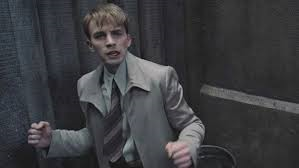 If you remember back to Captain America, Steve Rogers pre-superhero serum, was the butt of a lot of disrespect in both civilian life as well as boot camp. No one at the time complained that it was an example of discrimination against slightly built men, but appropriately just defined his backstory and provided a dramatic comparison for
If you remember back to Captain America, Steve Rogers pre-superhero serum, was the butt of a lot of disrespect in both civilian life as well as boot camp. No one at the time complained that it was an example of discrimination against slightly built men, but appropriately just defined his backstory and provided a dramatic comparison for 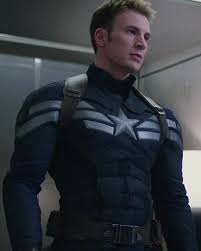 Steve Rogers’ transformation, as well as defining his character traits of courage, persistence and dignity in the face of adversity.
Steve Rogers’ transformation, as well as defining his character traits of courage, persistence and dignity in the face of adversity.
 Similarly, Carol Danvers, aka Vers aka Captain Marvel, like any other human, faces obstacles specific to her background and physique before she can become the hero that is needed.
Similarly, Carol Danvers, aka Vers aka Captain Marvel, like any other human, faces obstacles specific to her background and physique before she can become the hero that is needed.  Everyone has limitations as well as challenges they must overcome to achieve their goals and dreams. For reviewers to see logical challenges in the very competitive field of Air Force pilot training as discrimination is to have a ridiculous prejudice against men and a foolish bias in favor of women, which assumes that no woman should fail just because she’s a woman. That is inherently stupid. And it’s all just throwaway McGuffin background anyway.
Everyone has limitations as well as challenges they must overcome to achieve their goals and dreams. For reviewers to see logical challenges in the very competitive field of Air Force pilot training as discrimination is to have a ridiculous prejudice against men and a foolish bias in favor of women, which assumes that no woman should fail just because she’s a woman. That is inherently stupid. And it’s all just throwaway McGuffin background anyway.
Where did the feminist rumor come from? Like most rumors – from half truths. It is true that Brie Larson made some rather blunt and rude comments about white male reviewers. 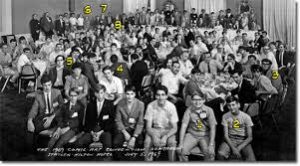 Personally I wouldn’t take offense were the playing field equal and white men were allowed to make similar comments about women. Her dismissive comment that she is not interested in hearing what a white male has to say about a movie with a female lead does not bother me half so much as the thought that if a white male said something in reverse he would be eviscerated. Can you imagine someone getting away with saying they are not interested in hearing what a minority woman has to say about Justice League since there were no minority women in the lead roles? The liberals would have lost they’re narrow little minds. Yet Brie Larson is lauded for her equally offensive remark. The inequity truly rankles the reasonable mind. How about: I’m not interested in what a woman has to say about 12 Strong because there were no women in the lead roles? Or I’m not interested in what an Eskimo has to say about West Side Story? Or ANYONE other than a white middle class male has to say about Castaway because Tom Hanks was just about the only one IN the movie? You see how ridiculous this liberal, politically correct, so-called “mentality” quickly becomes?
Personally I wouldn’t take offense were the playing field equal and white men were allowed to make similar comments about women. Her dismissive comment that she is not interested in hearing what a white male has to say about a movie with a female lead does not bother me half so much as the thought that if a white male said something in reverse he would be eviscerated. Can you imagine someone getting away with saying they are not interested in hearing what a minority woman has to say about Justice League since there were no minority women in the lead roles? The liberals would have lost they’re narrow little minds. Yet Brie Larson is lauded for her equally offensive remark. The inequity truly rankles the reasonable mind. How about: I’m not interested in what a woman has to say about 12 Strong because there were no women in the lead roles? Or I’m not interested in what an Eskimo has to say about West Side Story? Or ANYONE other than a white middle class male has to say about Castaway because Tom Hanks was just about the only one IN the movie? You see how ridiculous this liberal, politically correct, so-called “mentality” quickly becomes?
Larson simply expressed herself boorishly in voicing a reasonable desire to include a more interesting combination of reporters, like: the disabled, women, and minorities. I only wish she’d included homeschoolers, and faith-based reporters. But, of course, good luck with that one.
Regardless of all that CAPTAIN MARVEL IS A GOOD MOVIE.
BEYOND HERE BE SPOILERS – BE WARNED
Captain Marvel is about a military pilot, Carol Danvers (Brie Larson who knocked it out of the ball park in 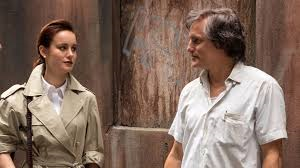 The Glass Castle – see my post here) who mysteriously ends up believing she is a member of an alien race’s warrior class, fighting the Skrulls, a race of extremely dangerous shape shifters who threaten the Universe in general and Earth in particular. On an investigative mission she winds up on Earth, meets a young, two-eyed Nick Fury and starts unraveling the mystery of her past.
The Glass Castle – see my post here) who mysteriously ends up believing she is a member of an alien race’s warrior class, fighting the Skrulls, a race of extremely dangerous shape shifters who threaten the Universe in general and Earth in particular. On an investigative mission she winds up on Earth, meets a young, two-eyed Nick Fury and starts unraveling the mystery of her past.
Captain Marvel was co-directed by the established team of Anna Boden and Ryan Fleck, who, up to now, have done Sundance award winning shorts and indies. They were chosen because of their insightful enthusiasm for the character of Carol Danvers. The duo have created a very solid and entertaining bridge between the two Avengers movies.
The CGI was interesting but, possibly deliberately, of checkerboard quality.  Danvers in full bore Captain Marvel mode looked a bit like a highly rendered cartoon – a nice homage, I thought, to her comic book origins.
Danvers in full bore Captain Marvel mode looked a bit like a highly rendered cartoon – a nice homage, I thought, to her comic book origins.
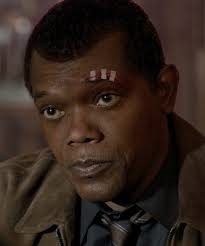 As to the youthened Samuel L Jackson’s Nick Fury, either Jackson has a picture of Dorian Gray tucked somewhere in his attic or they did a masterful job with the special effects. Jackson looks legitimately 20 years younger in the movie.
As to the youthened Samuel L Jackson’s Nick Fury, either Jackson has a picture of Dorian Gray tucked somewhere in his attic or they did a masterful job with the special effects. Jackson looks legitimately 20 years younger in the movie. 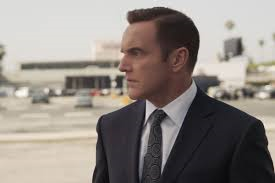 Unfortunately, the same cannot be said for Clark Gregg, whose younger Phil Coulson looked like a creepy, unnaturally smooth-faced caricature. Even were this choice purposeful due to the nature of the Skrulls and the part they play, other Skrull “imitations” looked far more natural and, assuredly, Fury would have picked up on it far before he did.
Unfortunately, the same cannot be said for Clark Gregg, whose younger Phil Coulson looked like a creepy, unnaturally smooth-faced caricature. Even were this choice purposeful due to the nature of the Skrulls and the part they play, other Skrull “imitations” looked far more natural and, assuredly, Fury would have picked up on it far before he did.
Ben Mendelsohn plays Talos, a Skrull adversary. Mendelsohn usually plays flat, two-dimensional bad guys, like 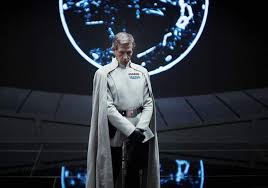 the evil mad scientist Orson Krenic, in Star Wars: Rogue One or
the evil mad scientist Orson Krenic, in Star Wars: Rogue One or 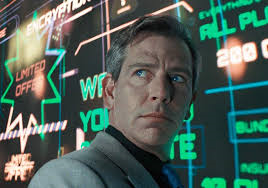 the diabolical businessman Sorento in Ready Player One.
the diabolical businessman Sorento in Ready Player One. 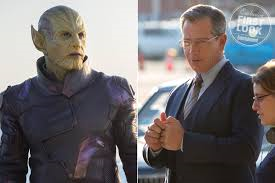 Mendelsohn’s Talos has a bit more to him, even a sense of humor, and it is nice to see Mendelsohn tackle a character with a bit more complexity.
Mendelsohn’s Talos has a bit more to him, even a sense of humor, and it is nice to see Mendelsohn tackle a character with a bit more complexity.
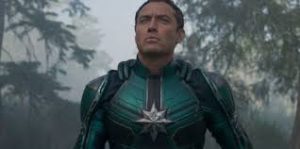 Jude Law, the third man up to bat as Dumbledore, plays Yon Rogg, Captain Marvel’s mentor.
Jude Law, the third man up to bat as Dumbledore, plays Yon Rogg, Captain Marvel’s mentor.
 Annette Benning plays both Dr. Wendy Lawson, as well as a manifestation of the Kree Supreme Artificial Intelligence, which serves as teacher to the Kree.
Annette Benning plays both Dr. Wendy Lawson, as well as a manifestation of the Kree Supreme Artificial Intelligence, which serves as teacher to the Kree.
As a side note, I thought the choice of Annette Benning in an important supporting role in a superhero movie was odd, familiar as we are with her in emotion-driven interpersonal dramas, like 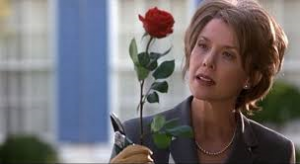 her shrewish unfaithful wife in American Beauty. Casting Benning in a major sci-fi is a peculiar fit which I am not completely sure works. She is a decent actress. She did manage
her shrewish unfaithful wife in American Beauty. Casting Benning in a major sci-fi is a peculiar fit which I am not completely sure works. She is a decent actress. She did manage 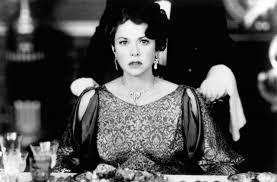 a very serviceable Queen Elizabeth in a modern rendition of Shakespeare’s Richard the Third some years ago, after all. Science fiction is just not the genre I normally associate her with. However, her screen time is fairly small, so this casting choice is not a big drawback.
a very serviceable Queen Elizabeth in a modern rendition of Shakespeare’s Richard the Third some years ago, after all. Science fiction is just not the genre I normally associate her with. However, her screen time is fairly small, so this casting choice is not a big drawback.
And then – MOST importantly – there’s Goose the cat played, depending upon the demands of the scene, by: 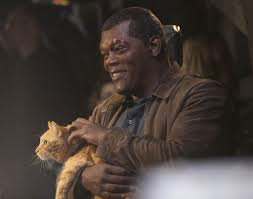
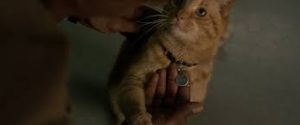
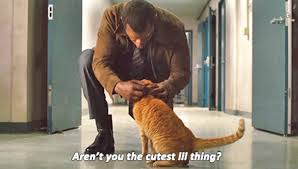
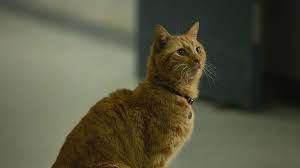 Reggie, Gonzo, Archie and Rizzo – all of whom got along famously with both Samuel L. and Ms. Larson despite the fact Jackson is self described as not a cat person and Larson is actually allergic to them. Obviously all six of them are consummate professionals. LOL
Reggie, Gonzo, Archie and Rizzo – all of whom got along famously with both Samuel L. and Ms. Larson despite the fact Jackson is self described as not a cat person and Larson is actually allergic to them. Obviously all six of them are consummate professionals. LOL
Pinar Toprak (who, with Danny Elfman, also did the soundtrack for Justice League, and has composed for other films, TV shows and video games) wrote the soundtrack, which stays in the vein of the triumphant and inspirational themes in other Avengers movies. Toprak also intersperses songs like Crazy on You by Heart, Man on the Moon by R.E.M. and Only When it Rains by Garbage, which, similar to the casting of Annette Benning, is another unusual creative choice by this film team, requiring some getting used to, but is not off putting.
In conclusion:
Is Captain Marvel a good movie and a worthy inclusion to the Marvel Universe in general and the Avengers franchise in particular? Yes.
Do I wish they had left the gender politics drivel out of the equation? Most certainly.
But when it comes to marketing, as my Dad used to say: “Say something good about me, say something bad about me, but don’t say nothing about me.” Still, someone should inform Ms. Larson that perhaps it would be sensible, if not just courteous, to avoid deliberately alienating the fundamental demographic  which has, frankly, built the financial empire of the comic book industry: THE WHITE MALE – especially since Captain Marvel was created AS a male, so the incarnation as a female is really borrowing off the male pioneered territory. She should be saying an appreciative: “Thank you,” instead of starting a snide spitting contest.
which has, frankly, built the financial empire of the comic book industry: THE WHITE MALE – especially since Captain Marvel was created AS a male, so the incarnation as a female is really borrowing off the male pioneered territory. She should be saying an appreciative: “Thank you,” instead of starting a snide spitting contest.
Most comic book hero authors were men: Stan Lee, Bob Kane, William Marston, Jerry Siegel, Bill Parker to name only a meager few.
 And without the WHITE TEENAGED MALES there would be no comic book industry such as it is. Up until recently the vast majority of the comic book reading/buying demographic WAS male.
And without the WHITE TEENAGED MALES there would be no comic book industry such as it is. Up until recently the vast majority of the comic book reading/buying demographic WAS male.
Am I the only one who can see that if the odds were so terribly stacked against woman, as the gender-victim baiters and pseudo politician-community agitators would have you believe, that this movie would never have been made?
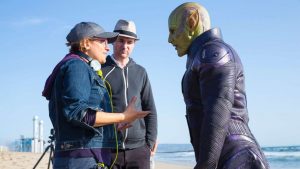 Larson should consider that she has made it to the top of what is currently considered the Hollywood Mountain. Her movie is going to make a bazillion dollars. She should learn a little etiquette and be gracious in her win.
Larson should consider that she has made it to the top of what is currently considered the Hollywood Mountain. Her movie is going to make a bazillion dollars. She should learn a little etiquette and be gracious in her win.
That being said, I DO think, thematically, it WAS a wise decision to make Captain Marvel a female, if for no other reason than there is already a VERY well established MALE super hero with a “Captain” nomenclature against which she would NOT want to compete in a popularity contest. (To paraphrase a wise Black Widow – “That’s a question she just does not need to get answered.”)
Meanwhile – I think we would all have a much better time if everyone, Miss Larson included, and perhaps especially, should just chill out.
Thankfully and ultimately, Captain Marvel is about the creation of a super hero who just happens to be a woman, NOT about the creation of an expressly female super hero.
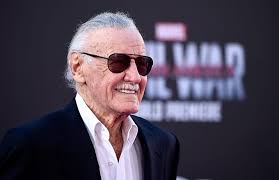 I must admit that a surprising homage to Stan Lee in the opening credits had me a bit choked up. Without him none of these creations: Hulk, Spiderman, Iron Man, Nick Fury, Black Widow, Ant Man, Yondu, Peggy Carter, Dr. Strange, Magneto, Loki, Ronan, Professor X, T’Chala, Groot and the plethora of others that populate most of the Marvel Universe (See the list of Stan Lee’s creations on Wikipedia here) would exists and for that we all owe Mr. Lee a tremendous debt of gratitude. I pray he finds the joy and inspiration he brought to millions while he was alive awaiting him in eternity. The film makers gave him a lovely appropriate epitaph send-off just before the opening credits to Captain Marvel, as well as a delightful posthumous cameo, almost breaking the fourth wall, in the middle of the movie. Thank you Stan, you will indeed be missed.
I must admit that a surprising homage to Stan Lee in the opening credits had me a bit choked up. Without him none of these creations: Hulk, Spiderman, Iron Man, Nick Fury, Black Widow, Ant Man, Yondu, Peggy Carter, Dr. Strange, Magneto, Loki, Ronan, Professor X, T’Chala, Groot and the plethora of others that populate most of the Marvel Universe (See the list of Stan Lee’s creations on Wikipedia here) would exists and for that we all owe Mr. Lee a tremendous debt of gratitude. I pray he finds the joy and inspiration he brought to millions while he was alive awaiting him in eternity. The film makers gave him a lovely appropriate epitaph send-off just before the opening credits to Captain Marvel, as well as a delightful posthumous cameo, almost breaking the fourth wall, in the middle of the movie. Thank you Stan, you will indeed be missed. 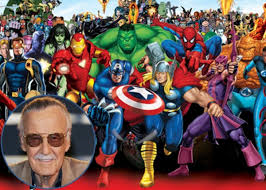
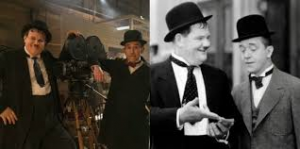 Stan and Ollie is about an arranged marriage that goes well for quite some time until a betrayal derails the relationship for fully 16 years. The marriage to which I refer is the professional relationship between the two geniuses of comedy Stan Laurel and Oliver Hardy.
Stan and Ollie is about an arranged marriage that goes well for quite some time until a betrayal derails the relationship for fully 16 years. The marriage to which I refer is the professional relationship between the two geniuses of comedy Stan Laurel and Oliver Hardy. Starting at the turn of the century in vaudeville they knew more about how to make their audiences laugh than anyone in the business except perhaps the Marx Brothers. Their mismatched, on-screen combination of slapstick, malapropisms and good-natured hostilities set the format for bromance comedies for decades and generations to come.
Starting at the turn of the century in vaudeville they knew more about how to make their audiences laugh than anyone in the business except perhaps the Marx Brothers. Their mismatched, on-screen combination of slapstick, malapropisms and good-natured hostilities set the format for bromance comedies for decades and generations to come.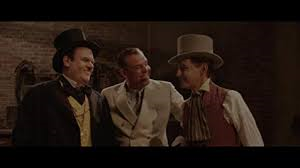 Linked together by Hal Roach while independently under contract to his studio, they made hundreds of movies and shorts together over decades. The riff comes when the stronger willed Laurel fights the studio machine to get better terms for the team but Hardy does not have the courage to back him up. Though they continued to work together after the dust up there remains bitter baggage and a distance in their friendship. The arc of the movie picks up almost two decades later as their careers are waning and they embark on a European tour in hopes of rejuvenating their box office appeal as they wait anxiously for word from a producer on financing for a Robin Hood parody they are writing.
Linked together by Hal Roach while independently under contract to his studio, they made hundreds of movies and shorts together over decades. The riff comes when the stronger willed Laurel fights the studio machine to get better terms for the team but Hardy does not have the courage to back him up. Though they continued to work together after the dust up there remains bitter baggage and a distance in their friendship. The arc of the movie picks up almost two decades later as their careers are waning and they embark on a European tour in hopes of rejuvenating their box office appeal as they wait anxiously for word from a producer on financing for a Robin Hood parody they are writing.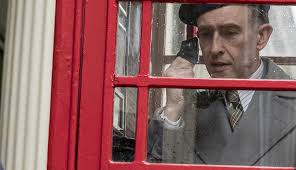 The production values and rhythm of Stan and Ollie is a bit like a TV movie-of-the-week but the acting is excellent. Reilly and Coogan, respectively, get everything from accents to body language and singular physical quirks right as Misters Hardy and Laurel, both in their on and off screen personalities – which, admittedly, seemed to blur even for the real people involved.
The production values and rhythm of Stan and Ollie is a bit like a TV movie-of-the-week but the acting is excellent. Reilly and Coogan, respectively, get everything from accents to body language and singular physical quirks right as Misters Hardy and Laurel, both in their on and off screen personalities – which, admittedly, seemed to blur even for the real people involved.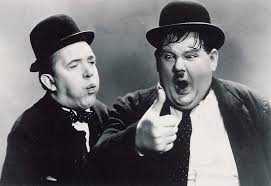 My dad, who was 40 years older than I was, loved Laurel and Hardy, having seen the original shorts in the movie theaters when they first came out. There were many a late TV night spent listening for the signature tune of Marvin Hatley’s “Dance of the Cuckoos” preceeding the
My dad, who was 40 years older than I was, loved Laurel and Hardy, having seen the original shorts in the movie theaters when they first came out. There were many a late TV night spent listening for the signature tune of Marvin Hatley’s “Dance of the Cuckoos” preceeding the 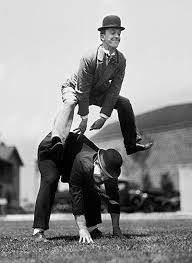 ludicrous antics and long drawn-out sight gags which always had my father in stitches. Truth be told, with a few exceptions, I found their humor a bit dry and dated but loved watching my Dad enjoy them even more than I enjoyed watching the duo’s formulaic comic gags. As a result I can be pretty objective.
ludicrous antics and long drawn-out sight gags which always had my father in stitches. Truth be told, with a few exceptions, I found their humor a bit dry and dated but loved watching my Dad enjoy them even more than I enjoyed watching the duo’s formulaic comic gags. As a result I can be pretty objective. 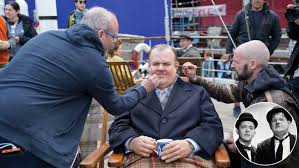 And the evocations by John C. Reilly (Chicago and the voice of Wreck-it Ralph) and Steve Coogan, respectively, as Oliver Hardy and Stan Laurel are spot on.
And the evocations by John C. Reilly (Chicago and the voice of Wreck-it Ralph) and Steve Coogan, respectively, as Oliver Hardy and Stan Laurel are spot on. 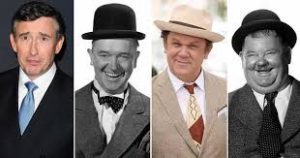 It’s fascinating to watch their portrayal of the real men who could and would kindly switch their alter egos on for even the most transient and spontaneous audiences – at parties, for checking hotel clerks, at bars, at the race track, and for passing fans.
It’s fascinating to watch their portrayal of the real men who could and would kindly switch their alter egos on for even the most transient and spontaneous audiences – at parties, for checking hotel clerks, at bars, at the race track, and for passing fans.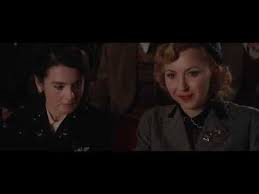 Shirley Henderson, most famously known as Moaning Myrtle from the Harry Potter series, sweetly plays the furrowed brow
Shirley Henderson, most famously known as Moaning Myrtle from the Harry Potter series, sweetly plays the furrowed brow 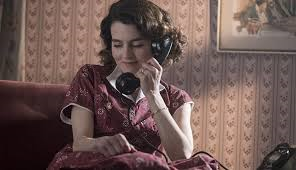 Mrs. Hardy, who fusses after “Babe,” as Hardy was known to his loved ones, like a mother hen.
Mrs. Hardy, who fusses after “Babe,” as Hardy was known to his loved ones, like a mother hen. 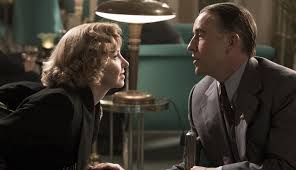 Nina Arianda, though born and raised in New York, taps into her Ukranian heritage for her Russian-accented portrayal of the tough but staunchly devoted Mrs. Laurel.
Nina Arianda, though born and raised in New York, taps into her Ukranian heritage for her Russian-accented portrayal of the tough but staunchly devoted Mrs. Laurel. 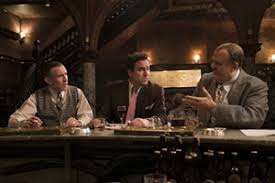 And Rufus Jones plays Delfont, their manager during this, their last hurrah.
And Rufus Jones plays Delfont, their manager during this, their last hurrah.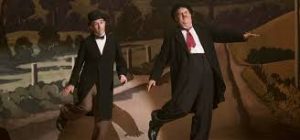 It’s a compelling story and I only wish they had presented the beginnings of these famous icons of comedy from their first meeting, much as Yankee Doodle Dandy followed the relationship of George M Cohan with his partner Sam Harris from first handshake to retirement.
It’s a compelling story and I only wish they had presented the beginnings of these famous icons of comedy from their first meeting, much as Yankee Doodle Dandy followed the relationship of George M Cohan with his partner Sam Harris from first handshake to retirement. Much like looking behind the magician’s curtain, while there is a sadness to be disabused of the mystery as well as a satisfaction of curiosity to see where the “magic” comes from,
Much like looking behind the magician’s curtain, while there is a sadness to be disabused of the mystery as well as a satisfaction of curiosity to see where the “magic” comes from, 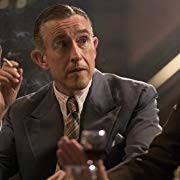 in exchange there is also the endearingness of intimacy which comes from a deeper understanding of the
in exchange there is also the endearingness of intimacy which comes from a deeper understanding of the 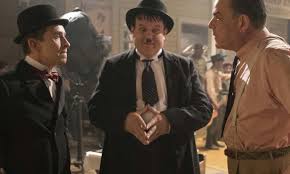 motives and methods of the men when we take — a peek behind the smiles. Find Stan and Ollie on Amazon.com.
motives and methods of the men when we take — a peek behind the smiles. Find Stan and Ollie on Amazon.com.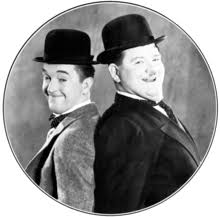
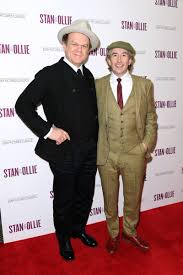
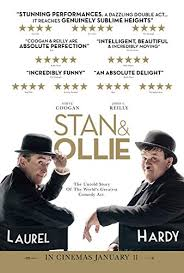
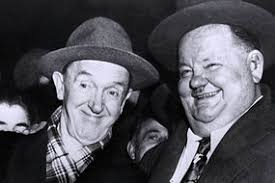

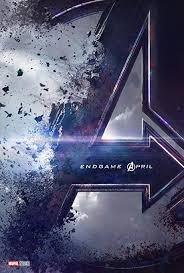
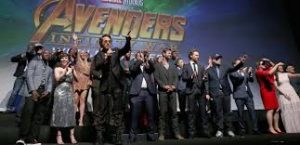
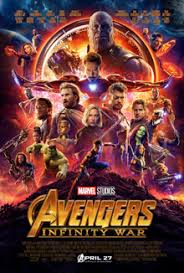
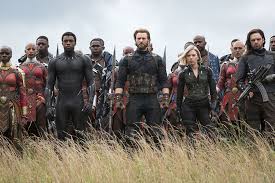

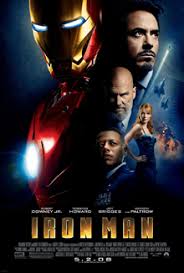
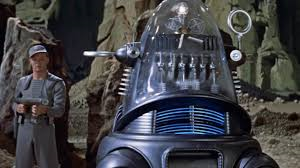


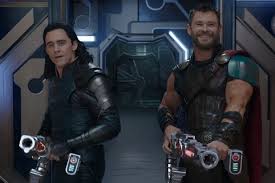




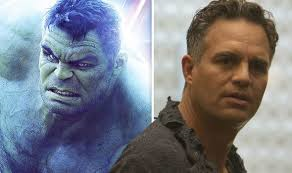



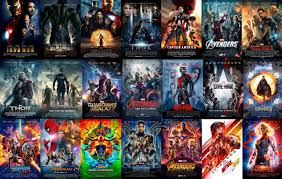
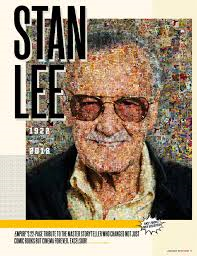

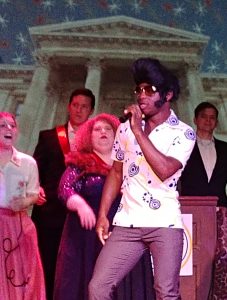
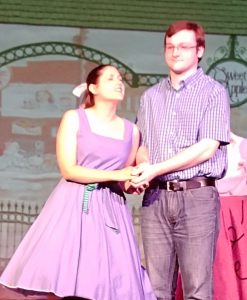
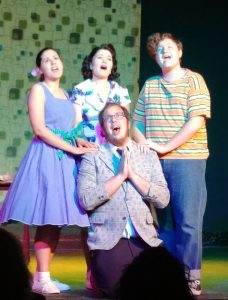




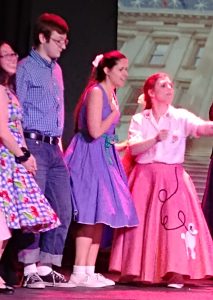




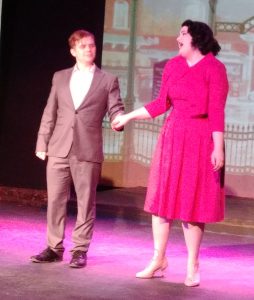
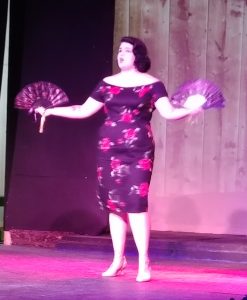


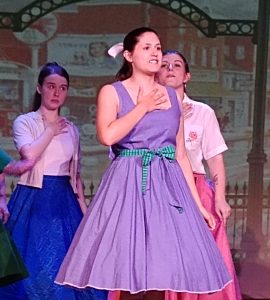
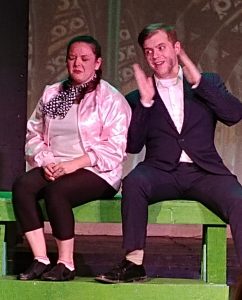
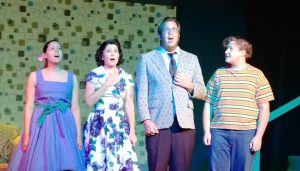
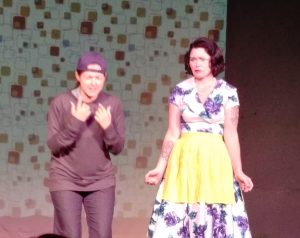


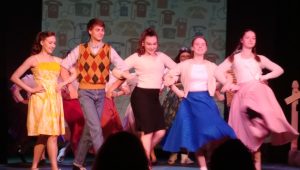
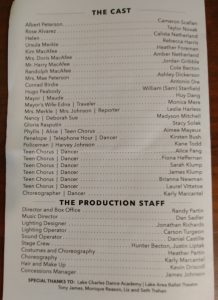


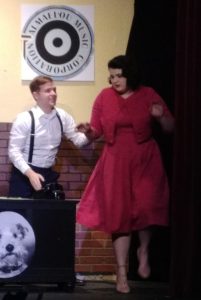
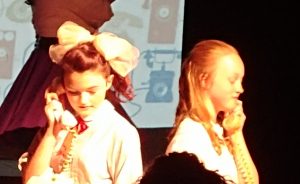
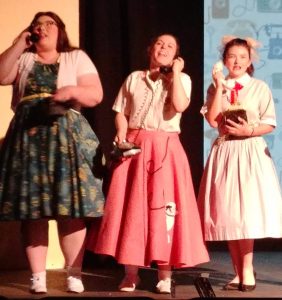
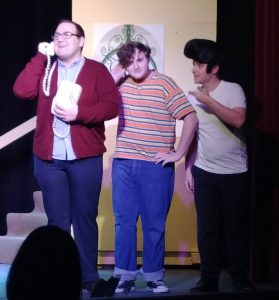
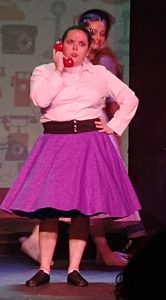
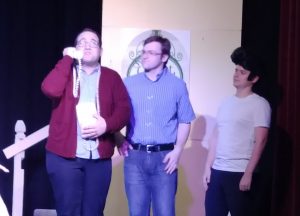
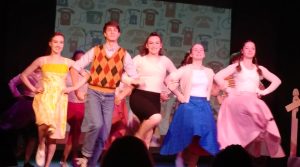
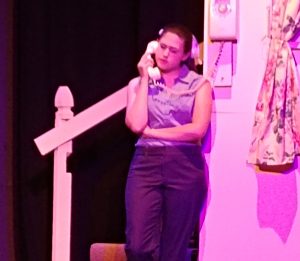
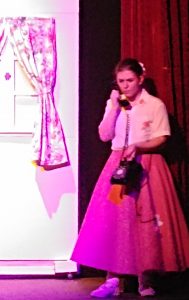
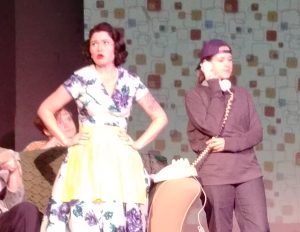
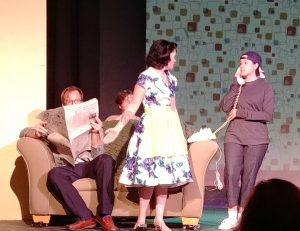
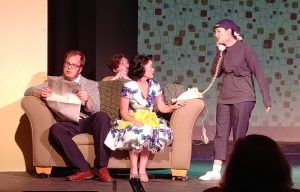

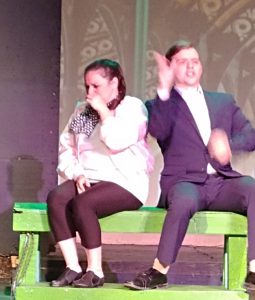
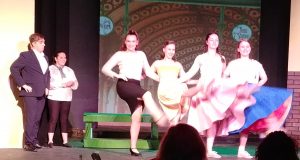
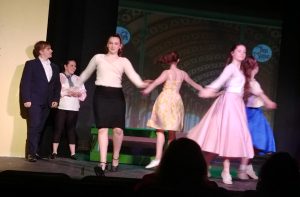

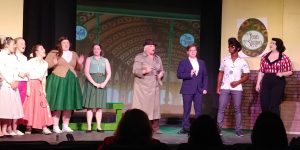

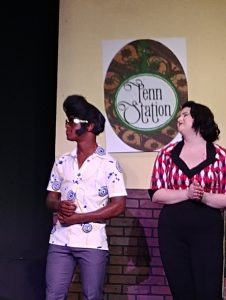
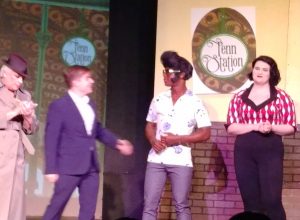
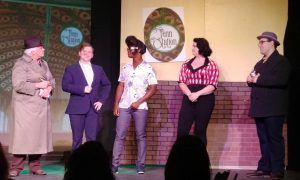
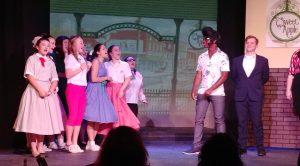
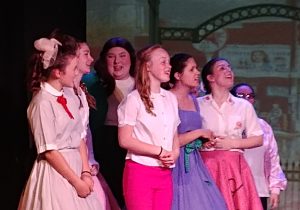

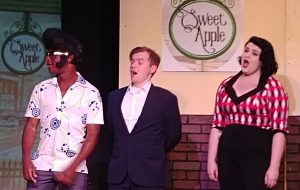
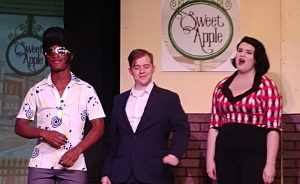

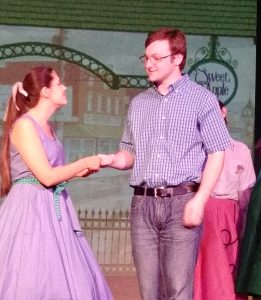
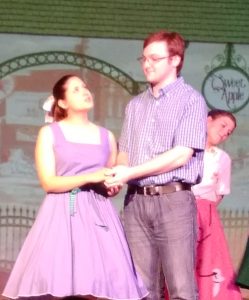
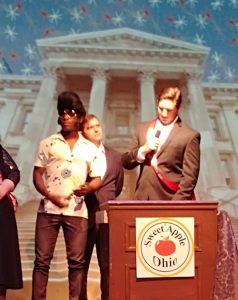
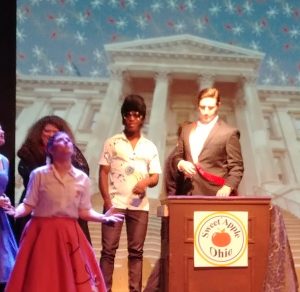


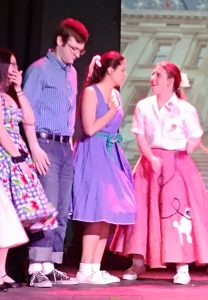
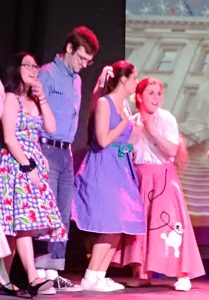
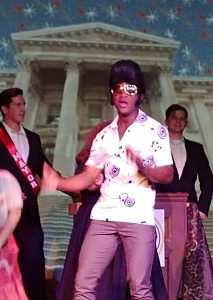




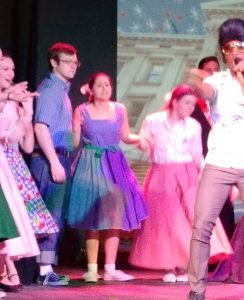
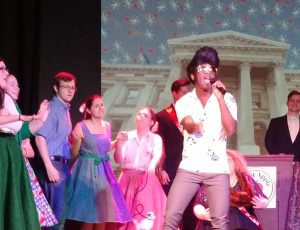

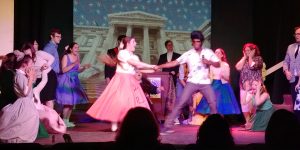






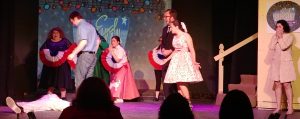



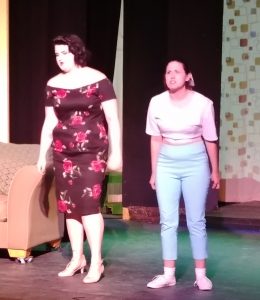

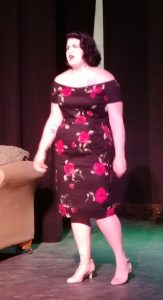
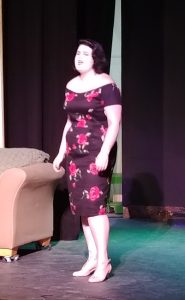
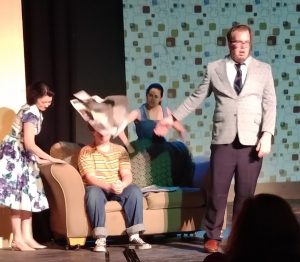
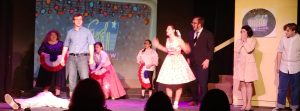


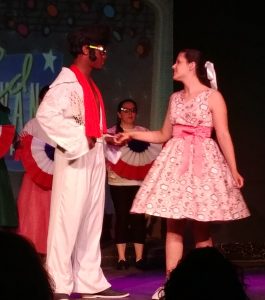
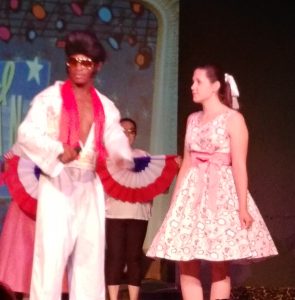
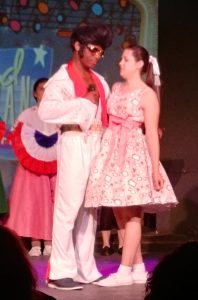
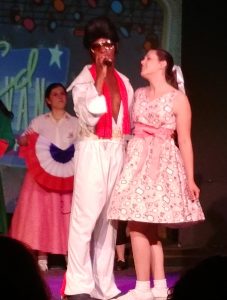





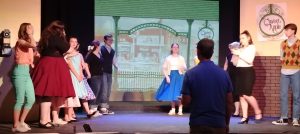




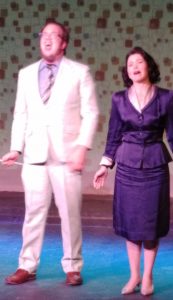
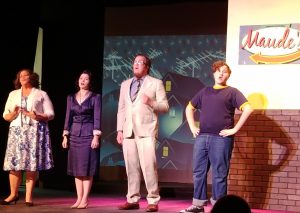

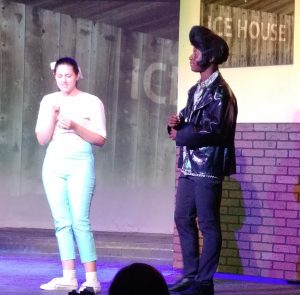
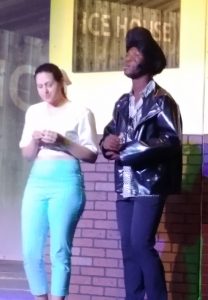
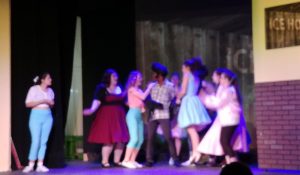
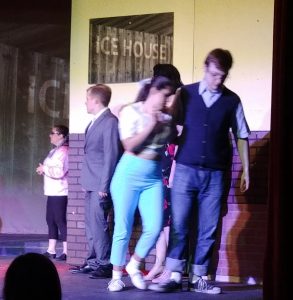

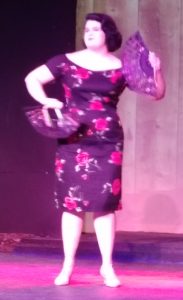
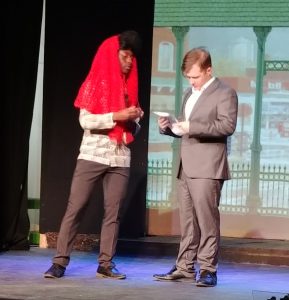











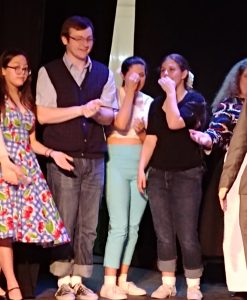






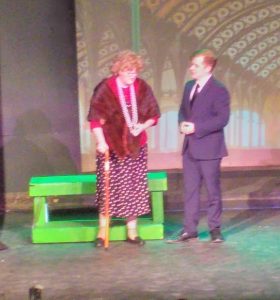
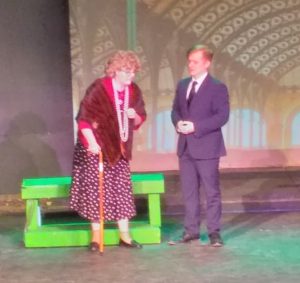
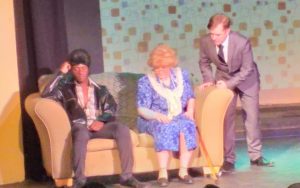
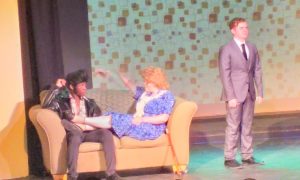
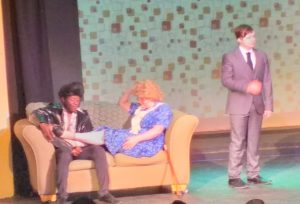
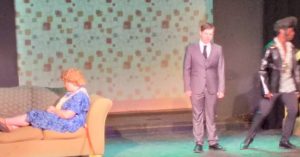

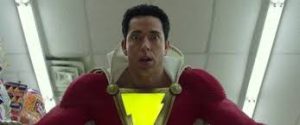
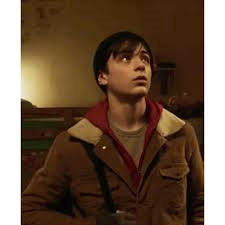
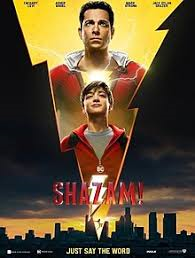

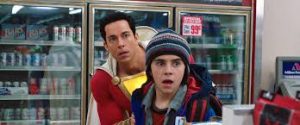
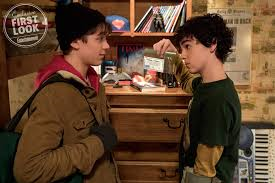

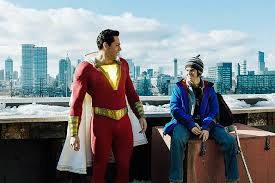

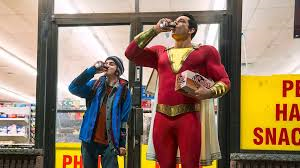
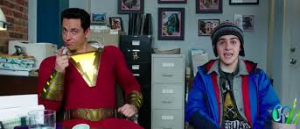

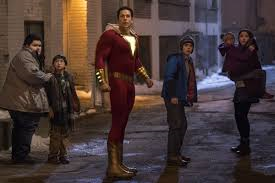

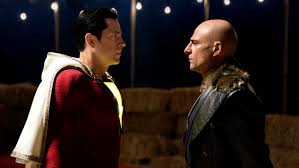
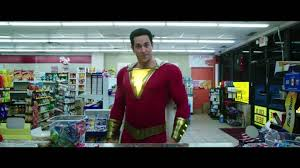
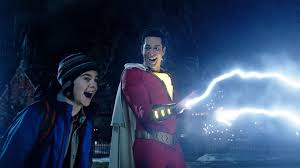
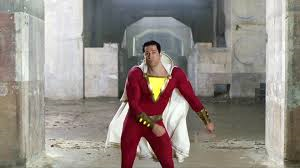
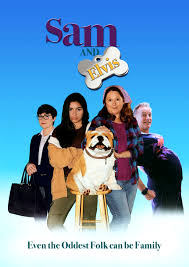

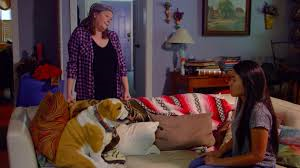
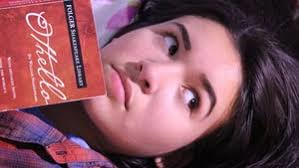
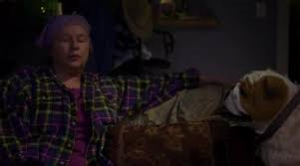
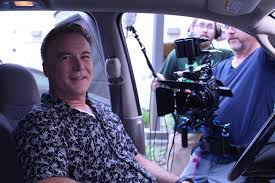
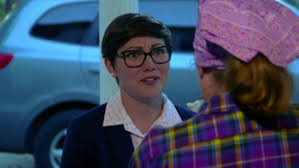

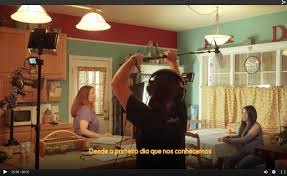
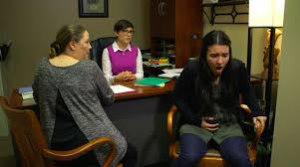
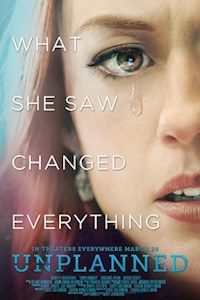

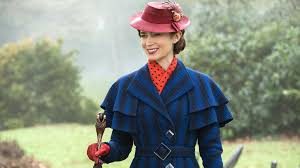
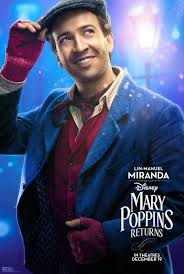
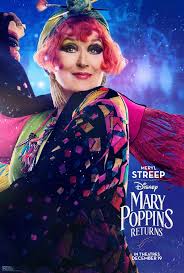

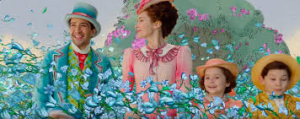
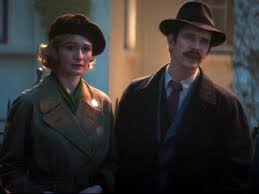
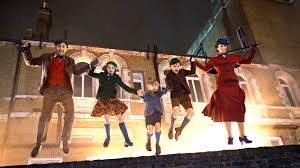
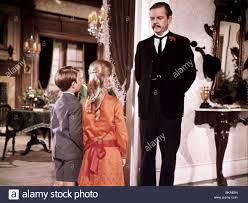


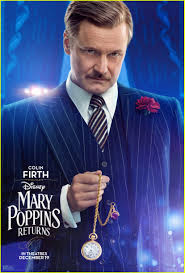
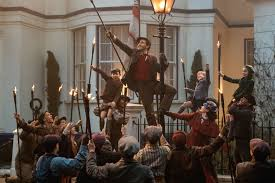
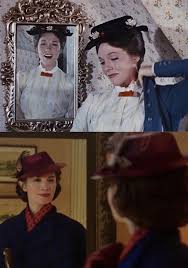
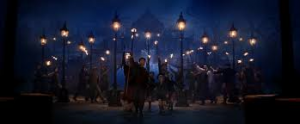
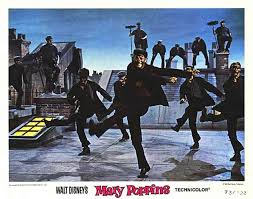


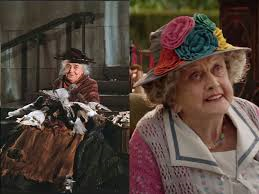
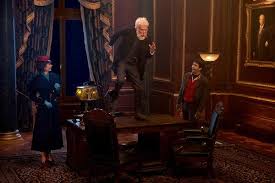
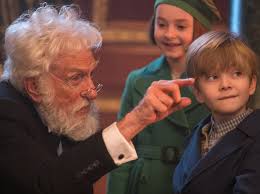
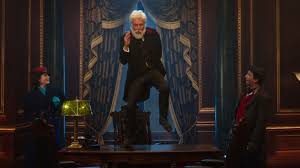
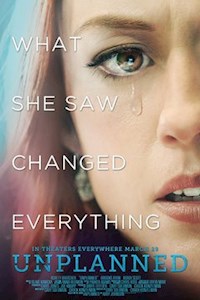
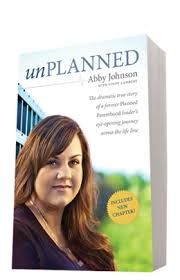 And he took a woman named Abby Johnson, one of the youngest directors and Employee of the Year of a large Houston Planned Parent abattoir and converted her into one of the most passionate and resolute pro-life advocates in the world.
And he took a woman named Abby Johnson, one of the youngest directors and Employee of the Year of a large Houston Planned Parent abattoir and converted her into one of the most passionate and resolute pro-life advocates in the world.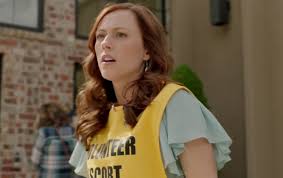 Planned Parenthood functionary, who self-deludes into believing she is protecting “women’s rights,” to the modern equivalent of the afore-referenced Saint Paul. The movie starts with the morning of the event which removes the “scales” from her eyes.
Planned Parenthood functionary, who self-deludes into believing she is protecting “women’s rights,” to the modern equivalent of the afore-referenced Saint Paul. The movie starts with the morning of the event which removes the “scales” from her eyes. 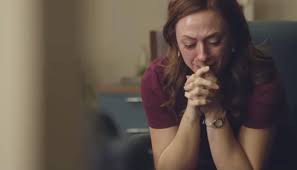 The title refers, not just to the pregnancies on which Planned Parenthood feeds, but the sudden and unexpected illumination of Abby’s soul.
The title refers, not just to the pregnancies on which Planned Parenthood feeds, but the sudden and unexpected illumination of Abby’s soul.
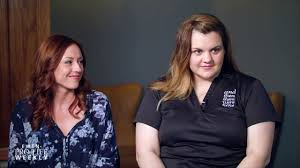

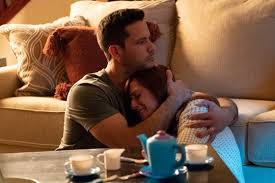 who is instrumental in her healing through God’s grace and his commitment to their marriage.
who is instrumental in her healing through God’s grace and his commitment to their marriage.  Jared Lotz plays Shawn Carney and Emma Le Roberts portrays Marilisa, his wife, who head up 40 Days for Life. Marilisa befriended Abby despite their diametrically opposed positions on abortion, as she and the other 40 Days members prayed outside the fence.
Jared Lotz plays Shawn Carney and Emma Le Roberts portrays Marilisa, his wife, who head up 40 Days for Life. Marilisa befriended Abby despite their diametrically opposed positions on abortion, as she and the other 40 Days members prayed outside the fence.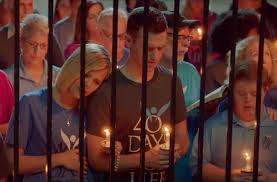 In reality, representatives from 40 Days were a constant presence, praying daily and for years, outside of Abby’s abortion mill, from the day Planned Parenthood broke ground on the property they bought under the false pretense of an assumed name, until the day they finally closed their doors over eight long years later.
In reality, representatives from 40 Days were a constant presence, praying daily and for years, outside of Abby’s abortion mill, from the day Planned Parenthood broke ground on the property they bought under the false pretense of an assumed name, until the day they finally closed their doors over eight long years later. Although “sanitized” by the “animated” nature of the ultrasound, it is, nonetheless, difficult to watch.
Although “sanitized” by the “animated” nature of the ultrasound, it is, nonetheless, difficult to watch.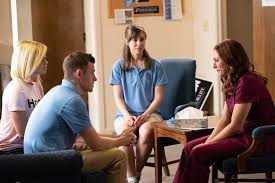 The writers/directors/producers Chuck Konzelman and Cary Solomon,
The writers/directors/producers Chuck Konzelman and Cary Solomon, 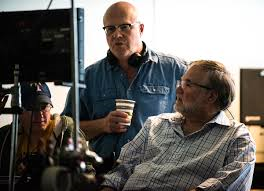
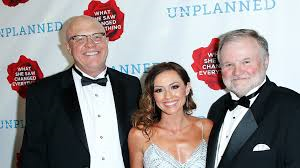
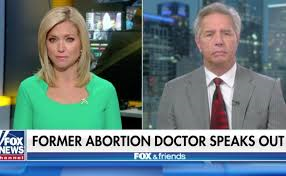
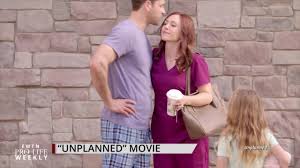 Abby and Doug’s love story for one; Abby’s steadfast pro-life parents, who prayed unceasingly for her conversion, were
Abby and Doug’s love story for one; Abby’s steadfast pro-life parents, who prayed unceasingly for her conversion, were